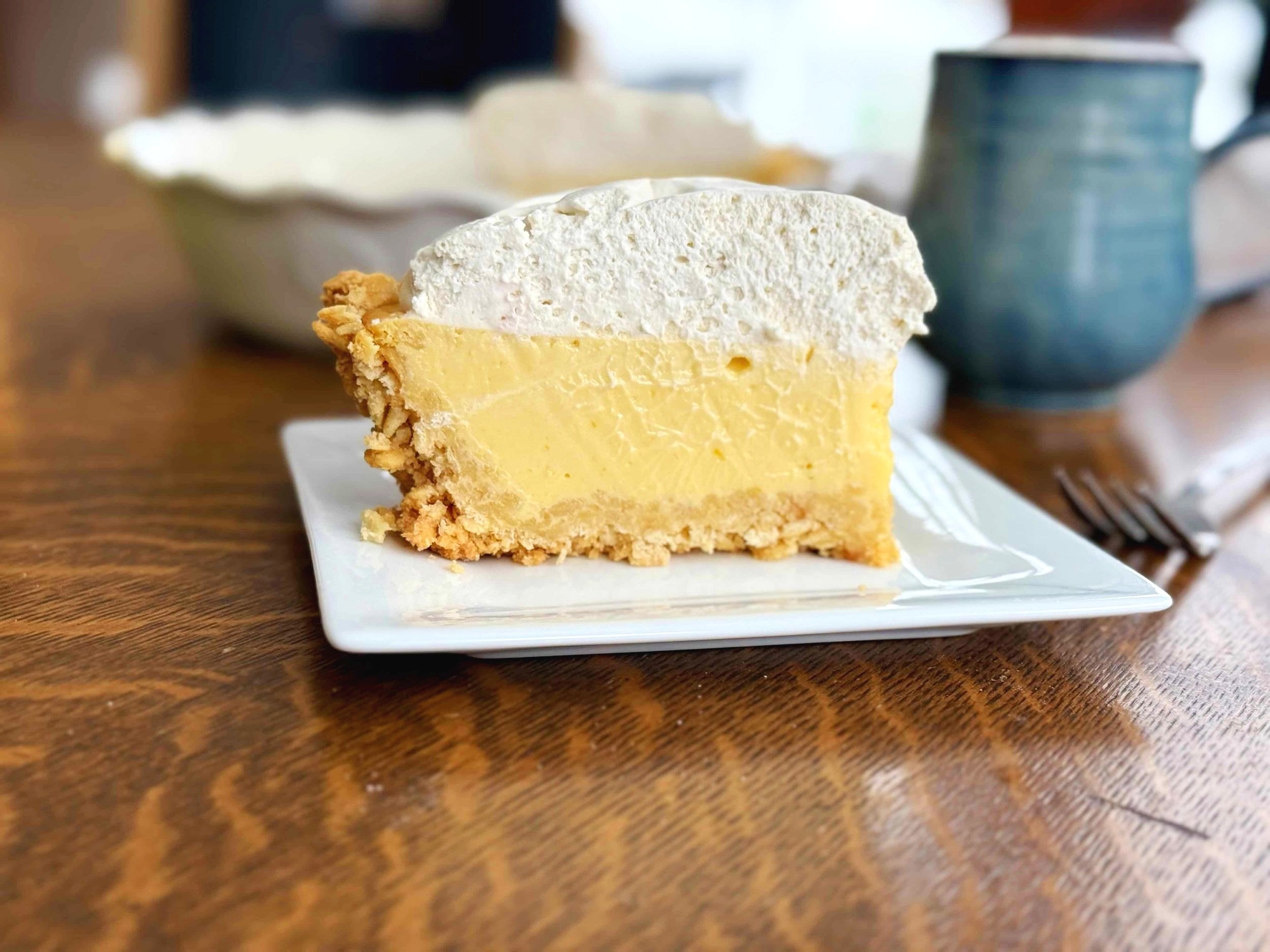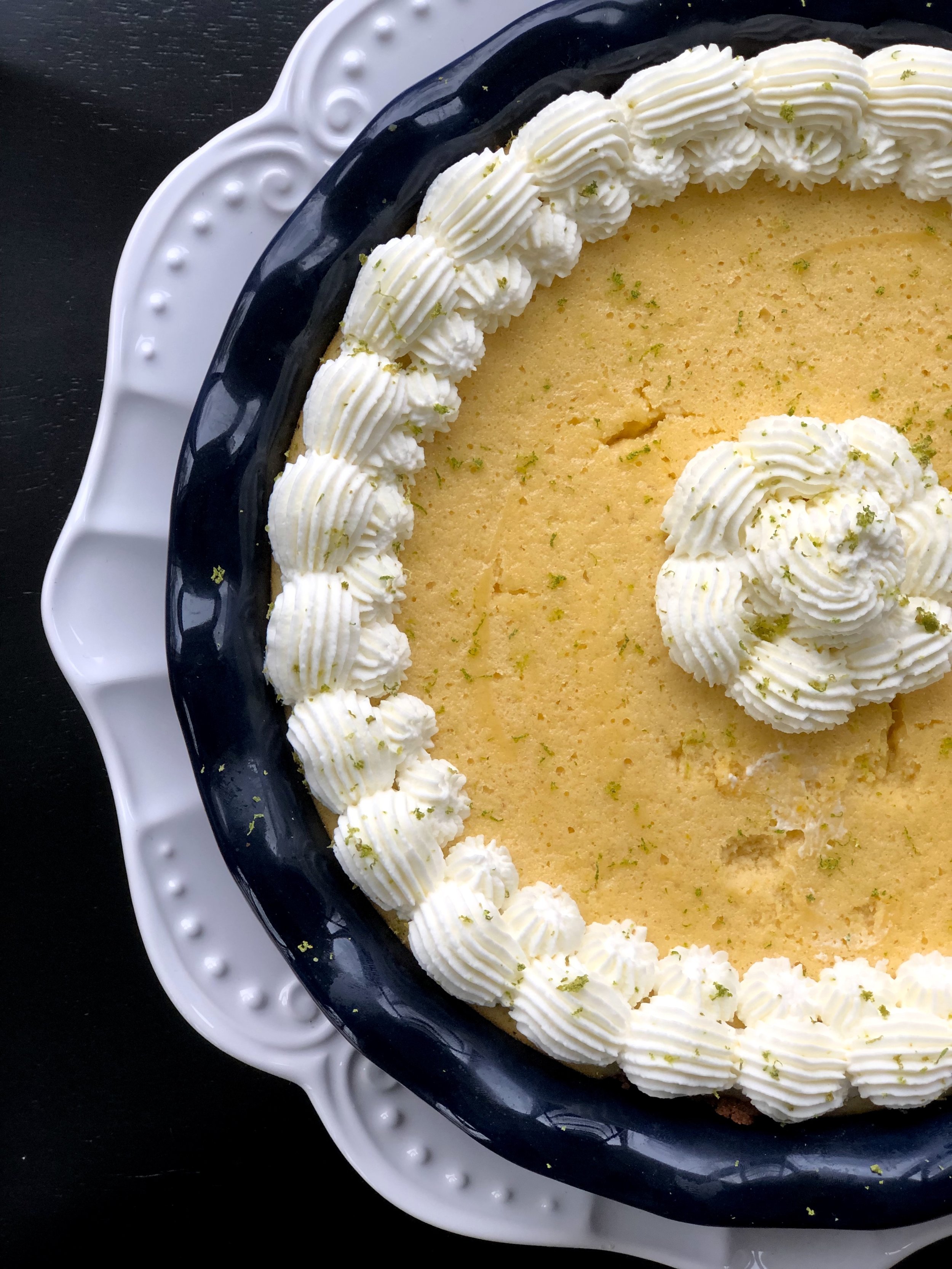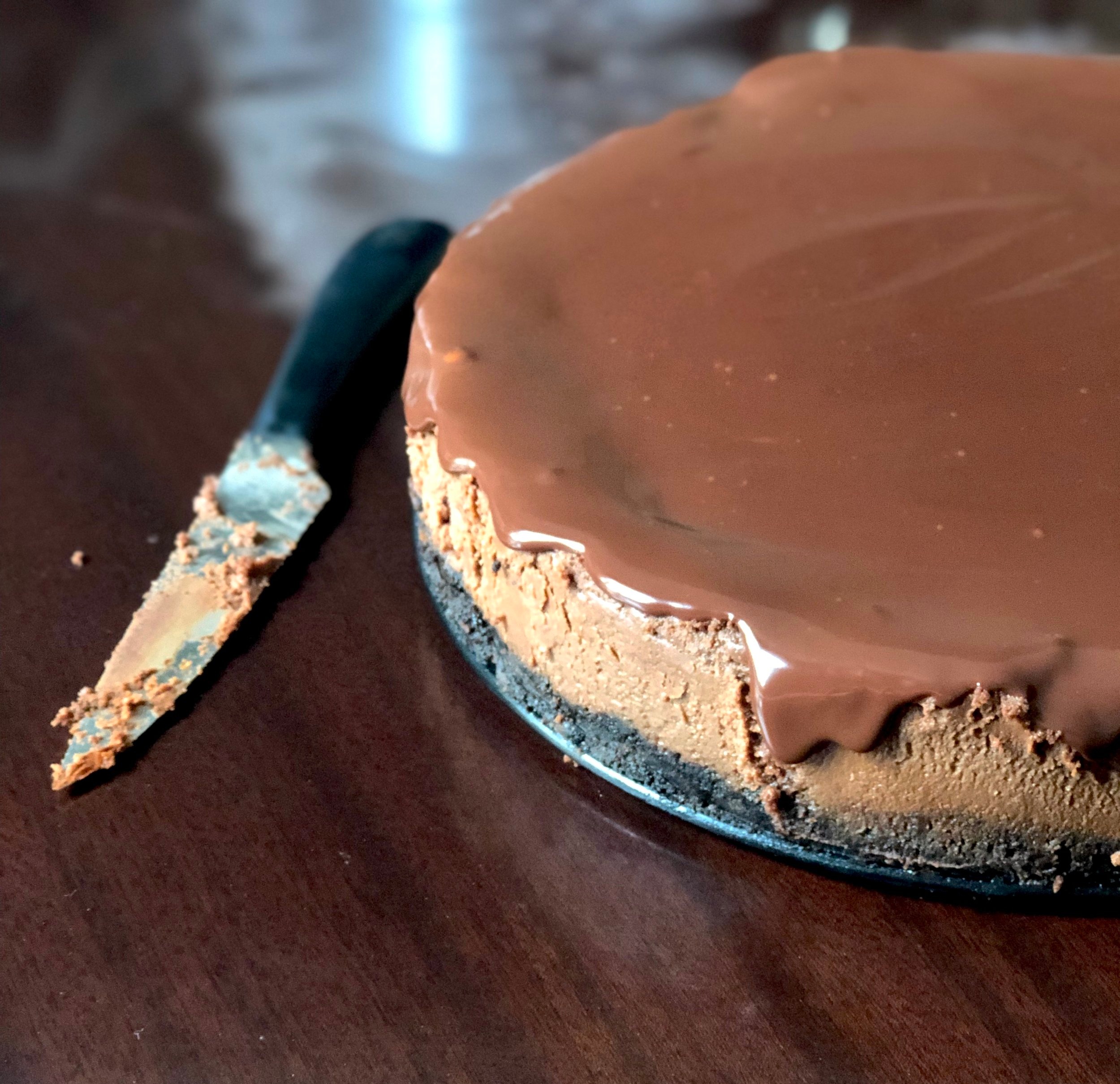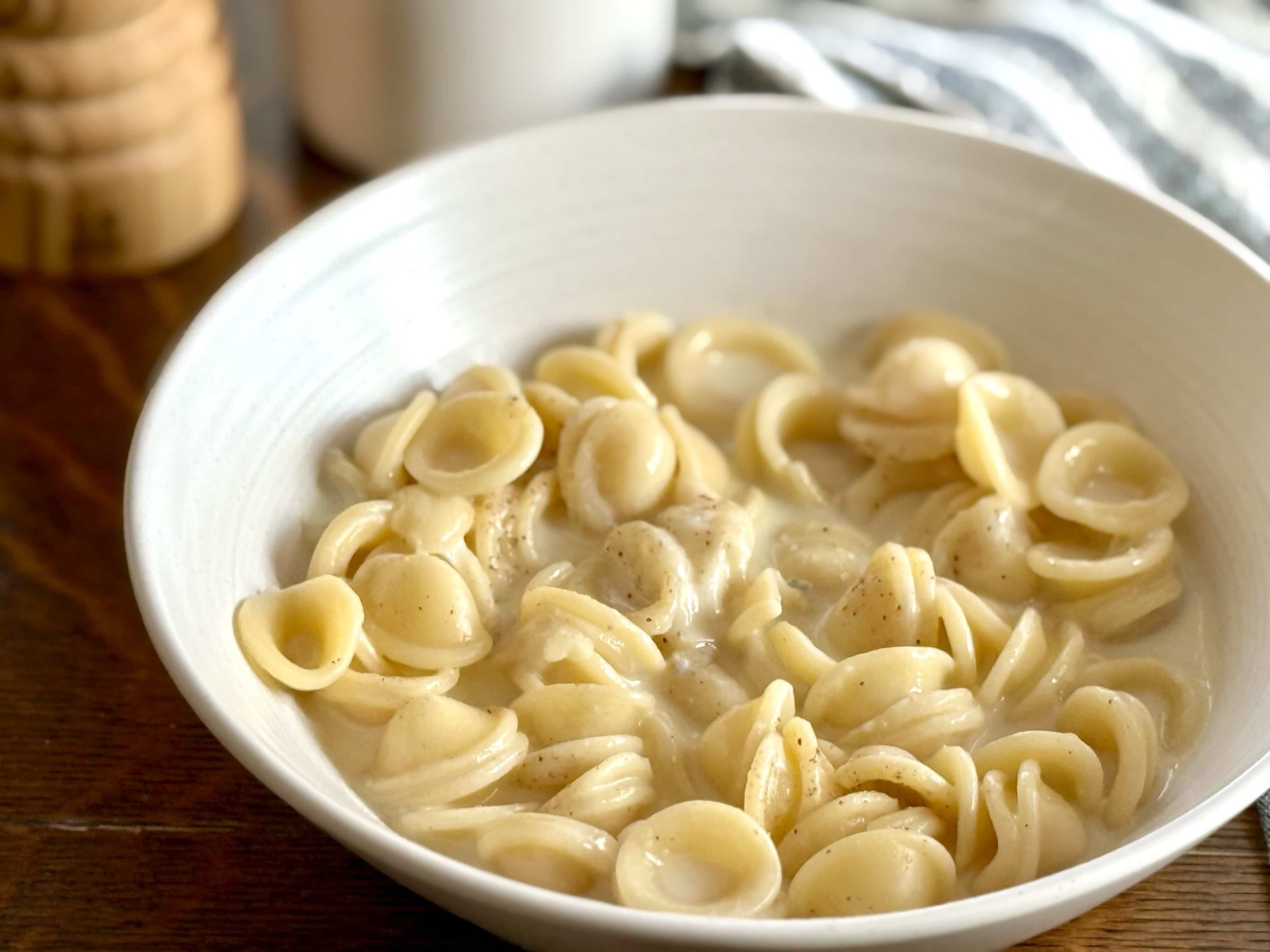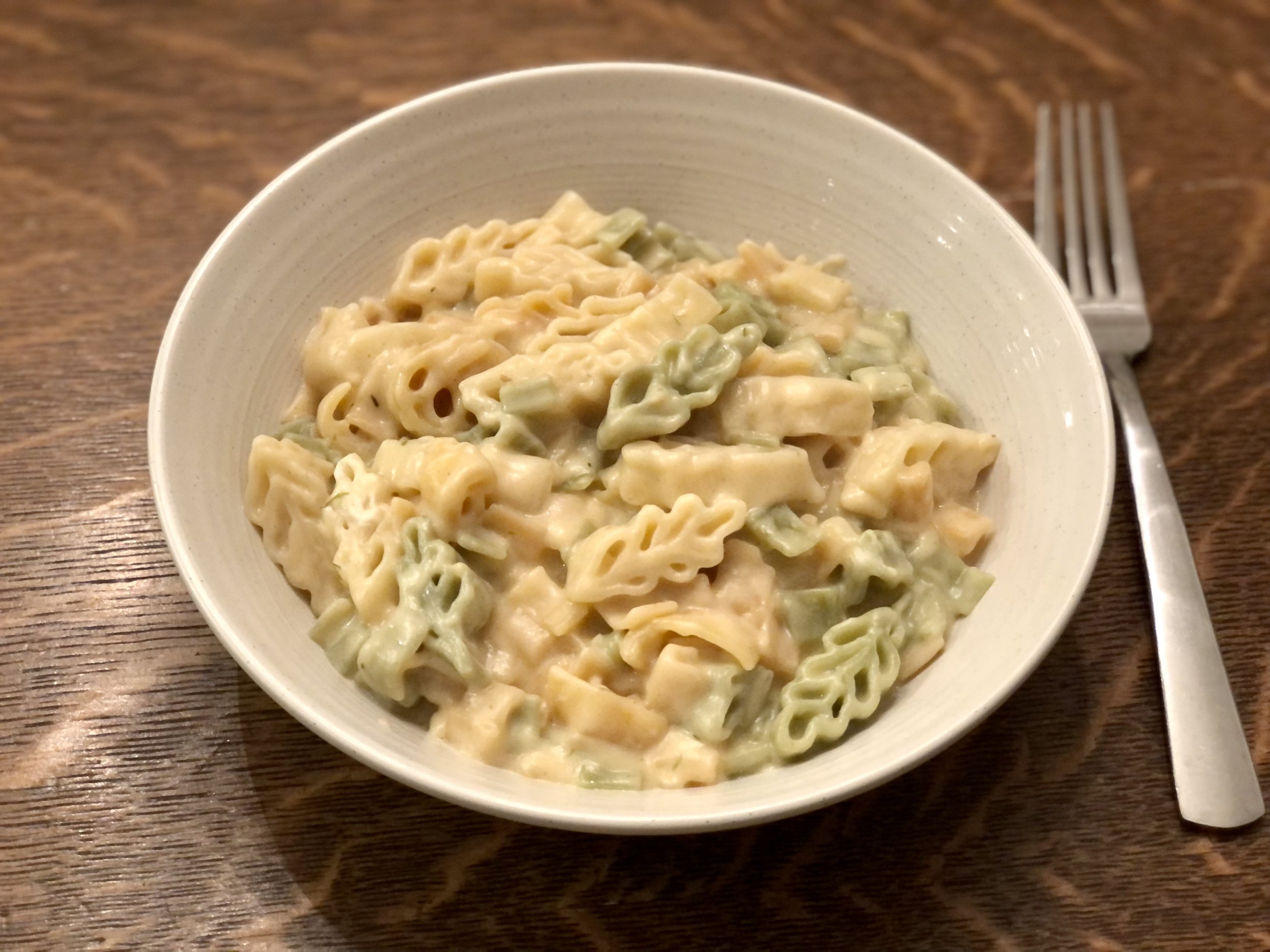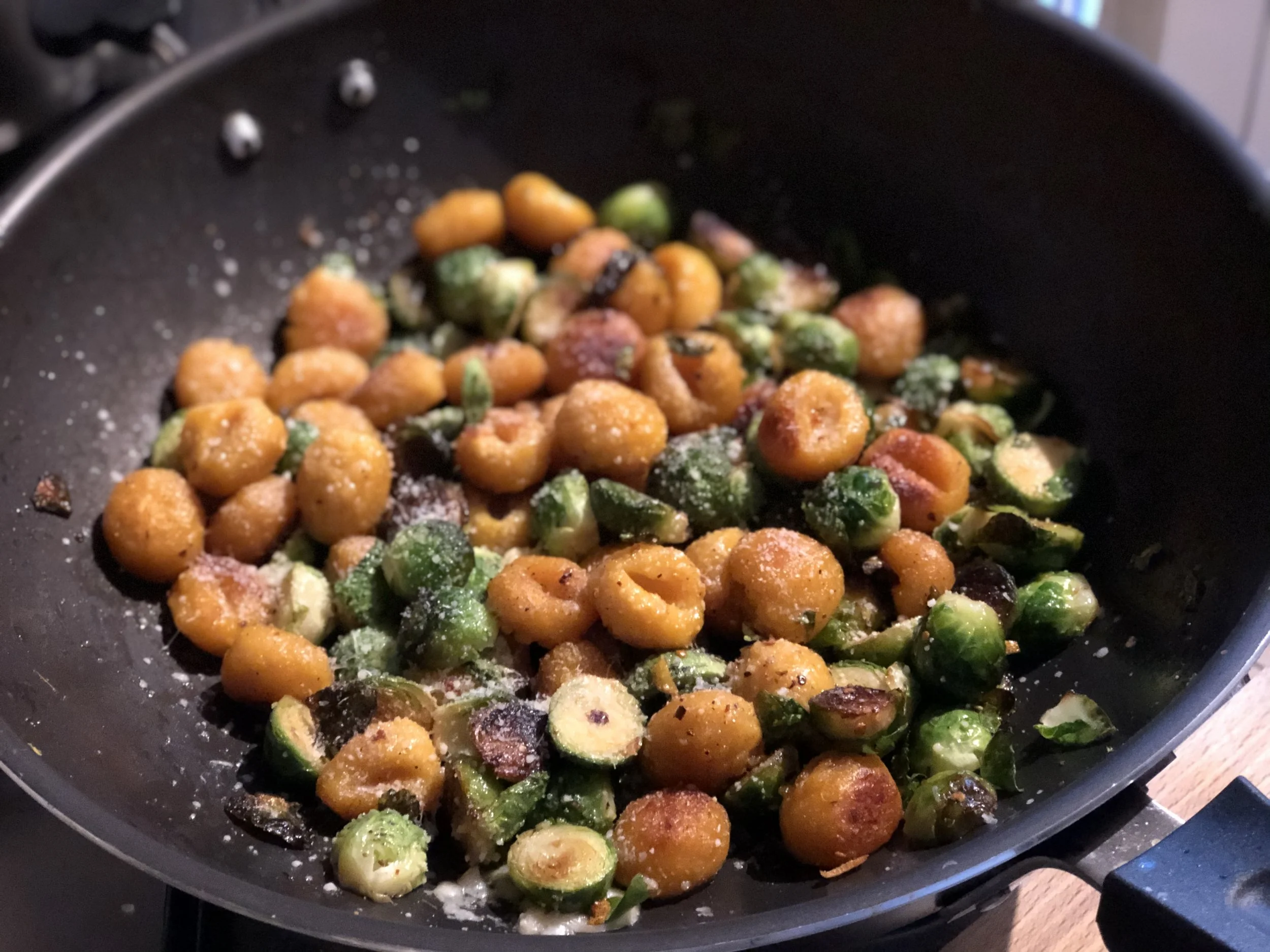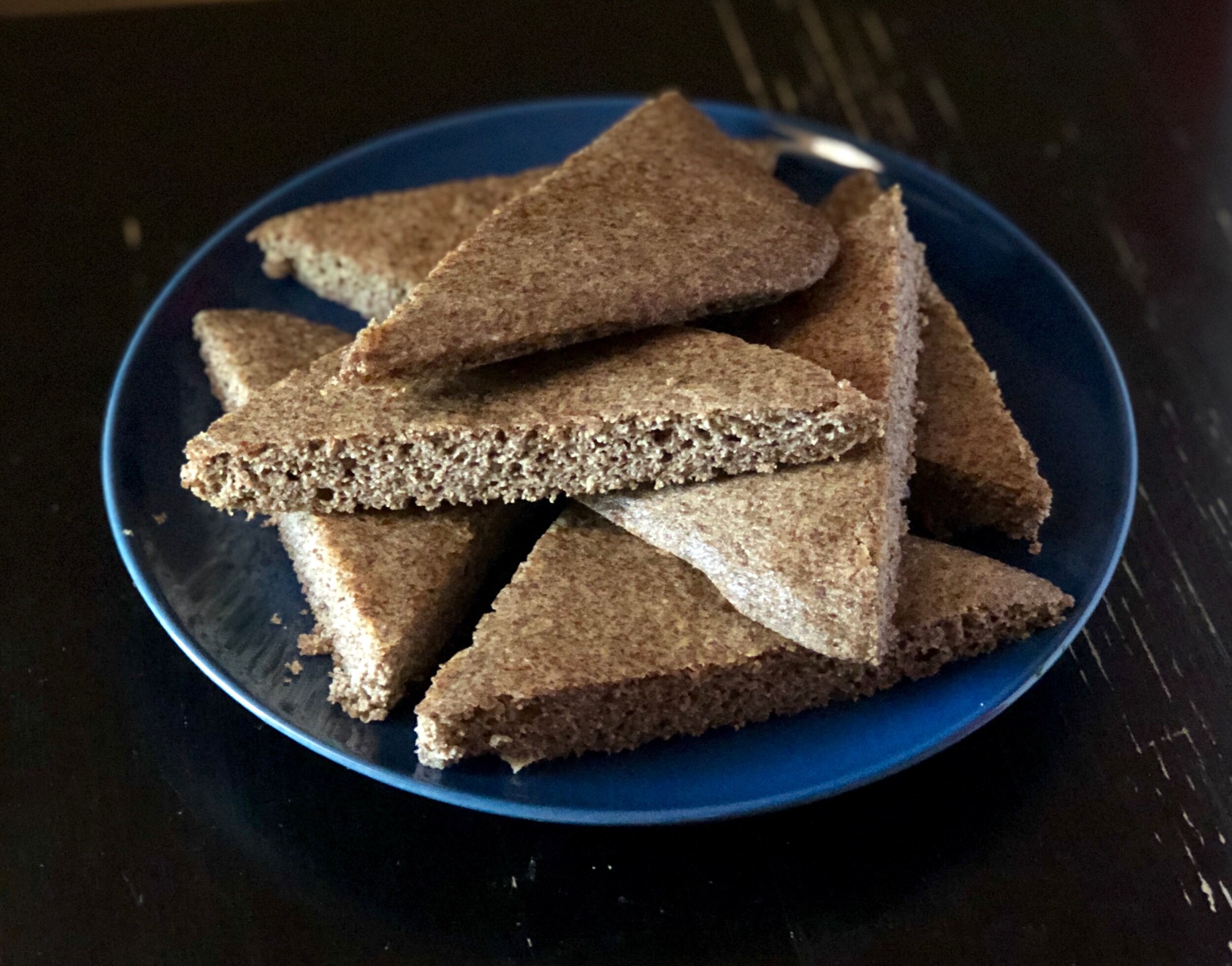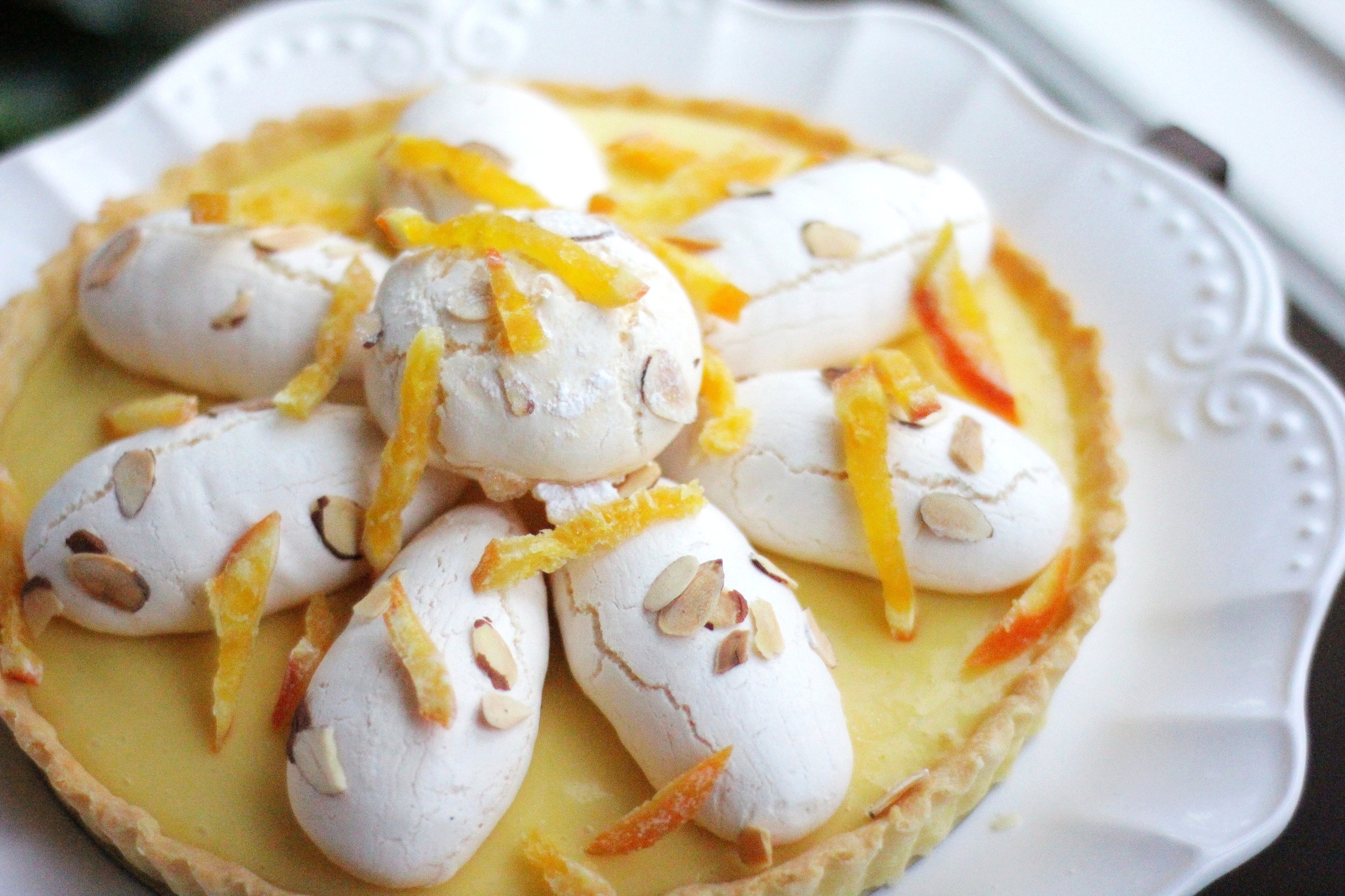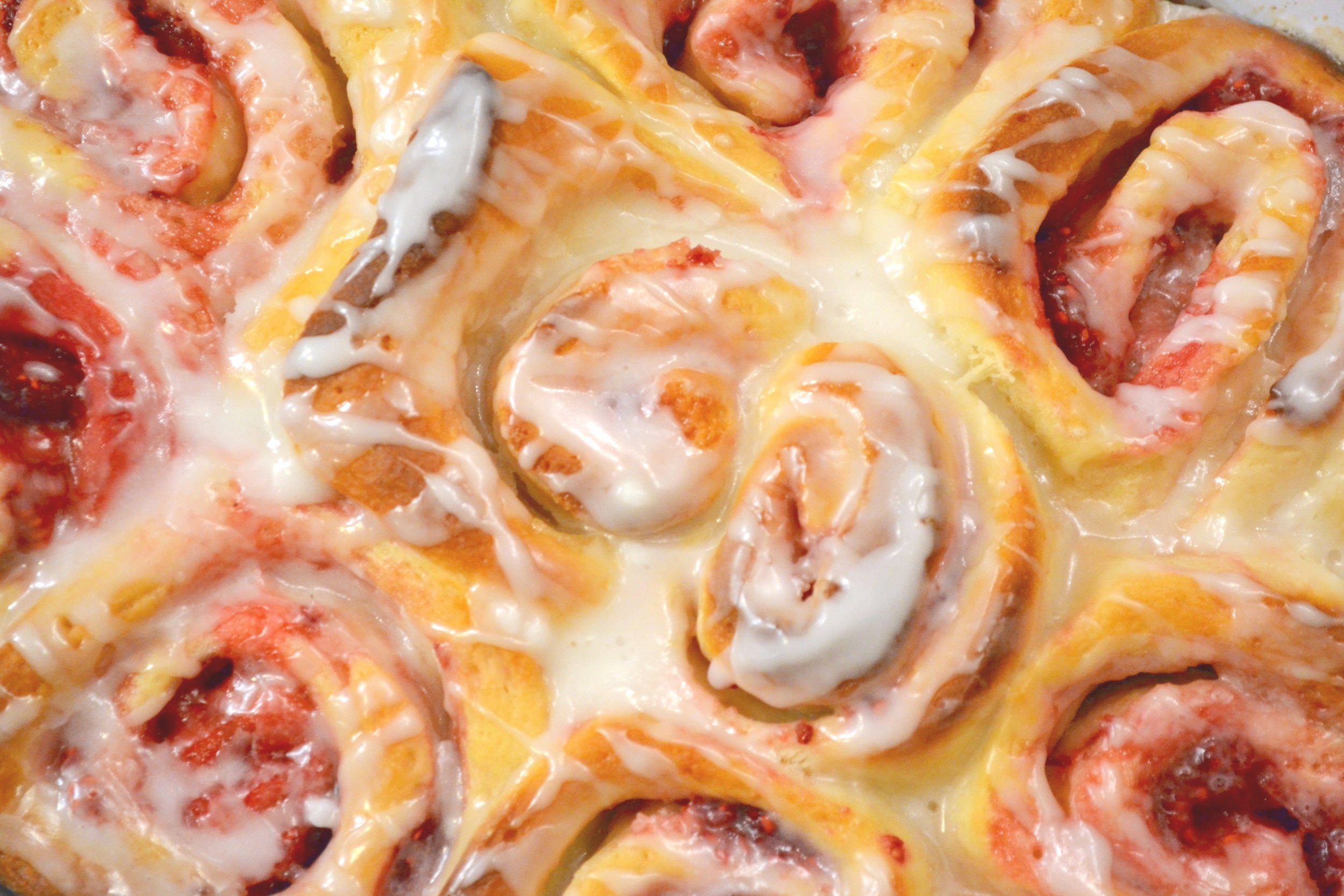Atlantic Beach Pie
/Atlantic Beach Pie is a sweet and creamy citrus pie topped with a pile of whipped cream. It’s much like key lime pie, and will be adored by any who love a good citrus dessert.
A saltine crust
The crust is made of saltines, which almost immediately raises eyebrows. It did mine, and was one of the original reasons I decided I had to try this. The saltines lend a crispety saltiness that pairs quite well with the zing of the citrus.
A filling akin to key lime pie
The filling is basically the filling for key lime pie, except that it is made with lemon juice and lime juice.
One of my big qualms with key lime pie recipes is when only one can of sweetened condensed milk is used, and you end up with a flat little pie. Seeing that happening here, I doubled the filling, and also added lemon and lime zest. The first time I made this I thought, “key lime pie” - but missing something. It’s the zest. It was missing zest.
The recipe below includes zest for that added zing. Zany, isn’t it? If you don’t like zesting citrus or are short on time, know you can leave it out, even the original recipe doesn’t use it. However, it really is that much better with some real zest in there.
A cloud of whipped cream
Top a sweet and salty crust and a sunshine citrus filling with a mountain of whipped cream and you have a winner.
Recipe adapted from Bill Smith’s creation from his time vacationing in Atlantic Beach, North Carolina, where local lore held that only citrus desserts could be eaten after eating seafood
This post may contain affiliate links. If you make a purchase using these links, Jennyblogs may receive a small commission, at no extra cost to you. This helps to support Jennyblogs. Where possible, links are prioritized to small businesses and ethically and responsibly made items. For further information see the privacy policy. Grazie!
Atlantic Beach Pie
Serves about 12
Ingredients:
For the Saltine Crust
1 sleeve (about 37) saltine crackers
6 Tbsp / 85g unsalted butter, melted
3 Tbsp / 37g granulated sugar
For the Lemon-Lime Filling
2 - 14oz cans / 792g sweetened condensed milk
8 egg yolks
1/2 cup / 119g fresh lemon juice
1/2 cup / 119g fresh lime juice
Zest of 1 lemon
Zest of 2 limes
For the Whipped Cream Topping
2 cups / 474g heavy whipping cream
1/4 cup / 50g granulated sugar
2 tsp / 10g vanilla extract
Directions:
Make the Saltine Crust
Oven 350°F / 177°C. 1 ungreased 9-inch pie plate.
Crush saltine crackers finely or somewhat finely, as desired. This can be done with a rolling pin or in a food processor.
Add butter and sugar and mix until cracker crumbs are thoroughly coated.
Press evenly into bottom and up the sides of a 9 inch pie plate.
Freeze for 20 minutes.
Bake for about 20 minutes or until fragrant and just starting to turn golden on the edges.
Remove from oven and let cool while you prepare filling.
Make the Lemon-Lime Filling
In a large bowl, whisk together sweetened condensed milk and egg yolks. Stir in lemon and lime juices and zest until well incorporated.
Pour into warm crust.
Bake for 30-35 minutes or until filling is mostly set, a slight jiggle is ok.
Remove from oven and allow to cool for 1 hour before placing in fridge and chilling completely, about 2 hours.
Make the Whipped Cream
Place whipping cream in the bowl of a stand mixer and mix on medium-high until soft peaks form.
Add sugar and vanilla and whip until stiff peaks form.
Evenly spread over chilled pie; serve.
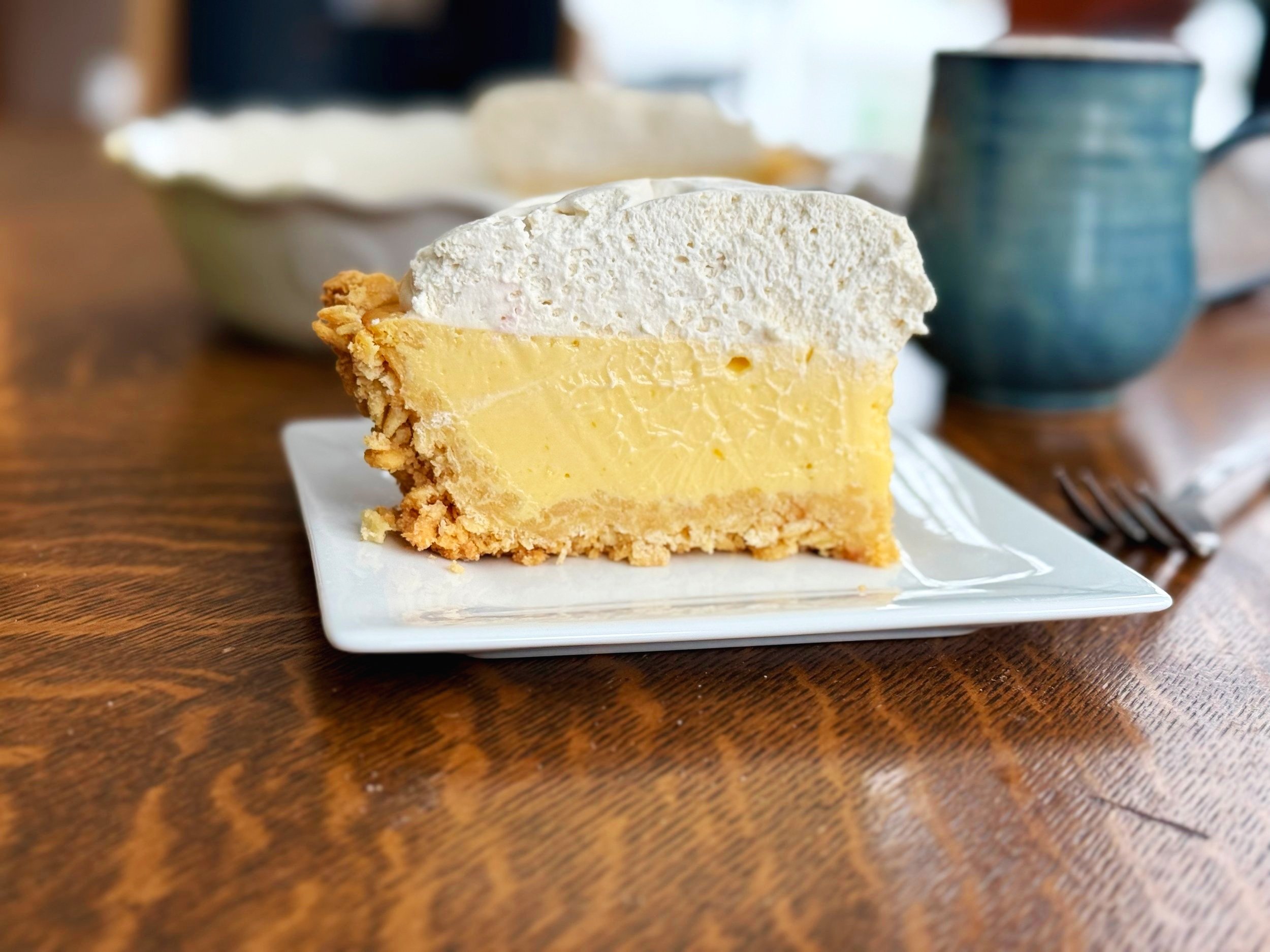
Atlantic Beach Pie
Atlantic Beach Pie has a crunchy, sweet and salty saltine crust, a creamy, tangy, lemon-lime filling, all topped with a cloud of fresh whipped cream. Dreamy!
Ingredients
Instructions
- Oven 350°F / 177°C. 1 ungreased 9-inch pie plate.
- Crush saltine crackers finely or somewhat finely, as desired. This can be done with a rolling pin or in a food processor.
- Add butter and sugar and mix until cracker crumbs are thoroughly coated.
- Press evenly into bottom and up the sides of a 9 inch pie plate.
- Freeze for 20 minutes.
- Bake for about 20 minutes or until fragrant and just starting to turn golden on the edges.
- Remove from oven and let cool while you prepare filling.
- In a large bowl, whisk together sweetened condensed milk and egg yolks. Stir in lemon and lime juices and zest until well incorporated.
- Pour into warm crust.
- Bake for 30-35 minutes or until filling is mostly set, a slight jiggle is ok.
- Remove from oven and allow to cool for 1 hour before placing in fridge and chilling completely, about 2 hours.
- Place whipping cream in the bowl of a stand mixer and mix on medium-high until soft peaks form.
- Add sugar and vanilla and whip until stiff peaks form.
- Evenly spread over chilled pie; serve.
Nutrition Facts
Calories
324Fat
25 gSat. Fat
15 gCarbs
22 gFiber
0 gNet carbs
22 gSugar
19 gProtein
5 gSodium
44 mgCholesterol
196 mgNutritional information is approximate and based on 12 servings.

